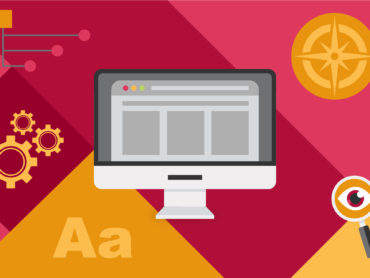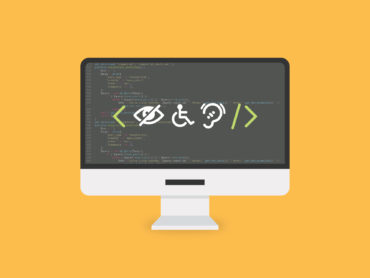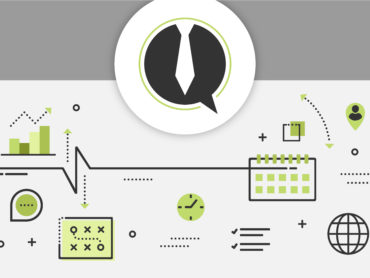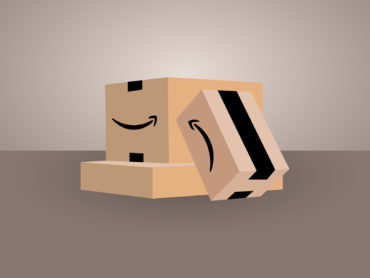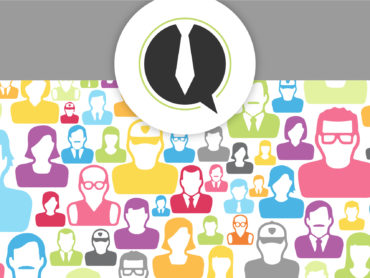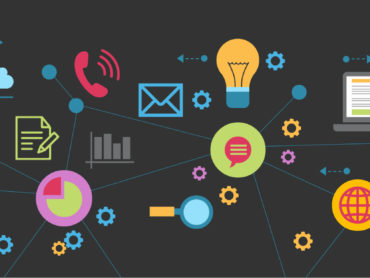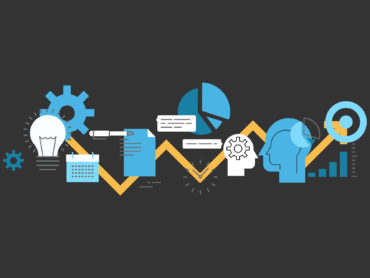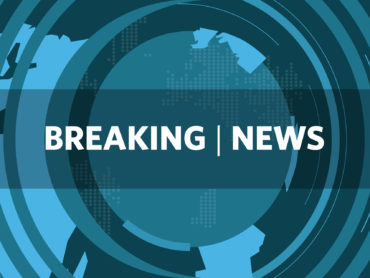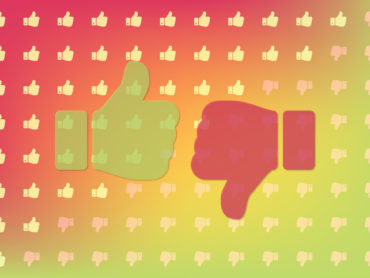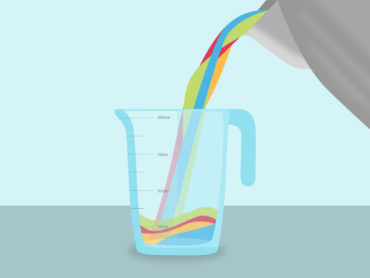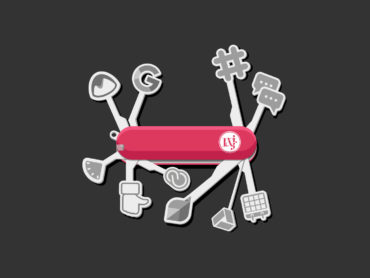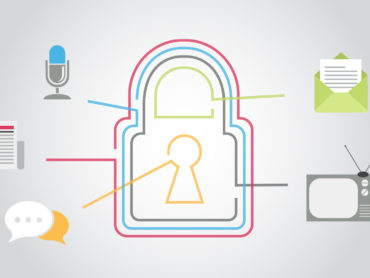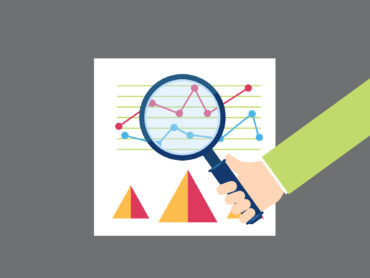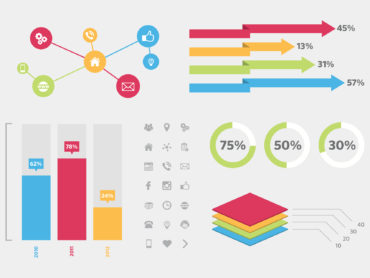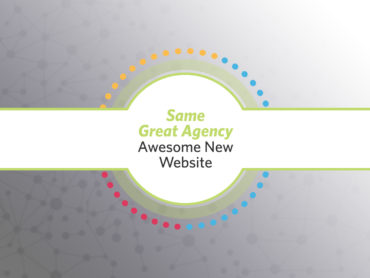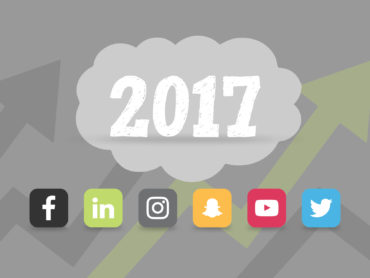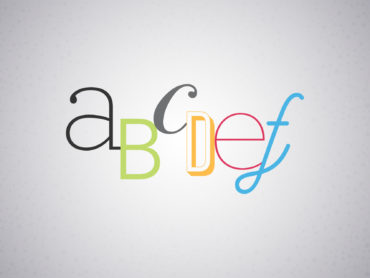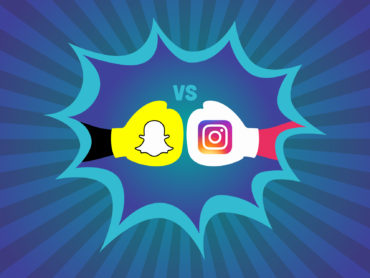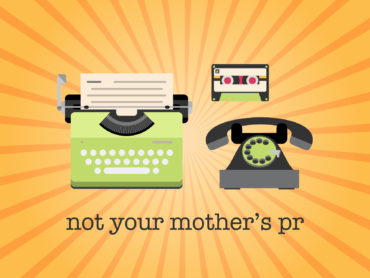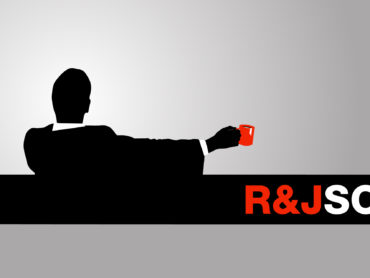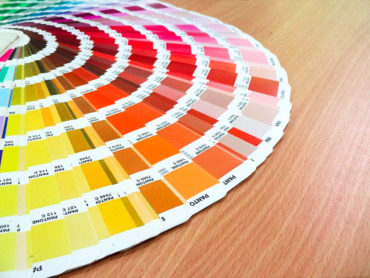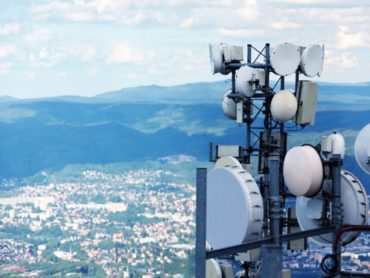Don’t Believe the Hype…or the Metrics
One advantage that digital advertising has retained over advertising via traditional methods is in campaign performance measurement. Because of real-time reporting capabilities, such as Facebook’s Audience Insights, brands can see whether ads are reaching the desired audience and refocus their messaging when necessary – often in real time.
This insight to consumer behaviors is especially important when you consider that millennials have become the largest consumer segment, representing $200 billion in annual purchasing power. Millennials are digital natives, having grown up in a world of high-speed internet access and ubiquitous smart phones. And traditional forms of advertising have not resonated with millennials. As an example, a recent Ipsos survey finds that Millennials check social media above any other media type by 70%.
For these reasons, digital marketing to millennials is key to brand growth. And having access to metrics that gauge digital campaign performance is incredibly useful. The ability to see, in real time, whether your message resonates with the demographic with the greatest purchasing power could dramatically reshape how brands engage with their customers.
As the largest social network, with robust campaign tools, Facebook might be the ideal place to concentrate digital advertising efforts. After all, Facebook has over 2 billion monthly active users. Or does it?
The Wall Street Journal recently reported that Facebook has substantially misstated the size of its audience. While Facebook claims the potential audience size of 18- to 24-year-olds in the United States is 41 million. However, U.S. census data estimates that there are only 31 million Americans in that demographic.
This audience inflation is not unique to the United States. Facebook has misrepresented its audience globally. Across nine countries, Facebook’s audience size is a combined 42 million larger than population estimates.
Facebook acknowledges that their data is not tied to population estimates, claiming it is generated on “user behavior, user demographics, location data from devices and other factors.” But with discrepancies so large, it puts the reliability of Facebook’s tools, as well as the company’s transparency in question.
And this is not the only recent incident where Facebook has been less than forthcoming. As reported in the Verge, the recent disclosure that a Russian firm linked to the Kremlin spent an estimated $100k in advertising during the 2016 U.S. presidential election. While Facebook’s public position has been that the company was unaware of these ad buys, the company has informed congressional investigators that it had discovered “thousands of suspicious ads.”
The Verge also notes that Facebook has recently acknowledged overcharging advertisers for video advertising, miscalculated organic page reach on brand pages, and for almost two years overestimated the average viewing time on video ads.
While Facebook remains the largest social network, and an opportunity for brands to reach the coveted millennial market, if its reporting tools are seen as unreliable, one of the key advantages to digital advertising—real-time reporting—will be lost. In the short term, brands should look for ways to diversify digital ad spending across other social platforms, helping to provide a clearer picture of campaign resonance and audience engagement with branded content.












